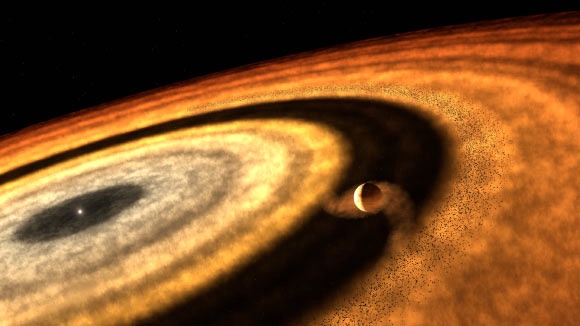Overview
- JWST’s Near-Infrared Spectrograph phase-curve observations captured water vapor, carbon monoxide and the first-ever detection of silicon monoxide in any planetary atmosphere.
- Methane was observed on the cooler nightside despite ultra-hot conditions, implying robust vertical mixing that replenishes methane from deeper atmospheric layers.
- Analysis of elemental ratios revealed a super-stellar carbon-to-oxygen ratio, suggesting WASP-121b formed in a cold, methane-rich region of its protoplanetary disk.
- Silicon monoxide detection indicates late-stage accretion of rocky solids, shedding light on how refractory materials became incorporated during the planet’s assembly.
- The chemical fingerprint supports a migration history from beyond the water ice line to its current 1.3-day orbit around its host star.
